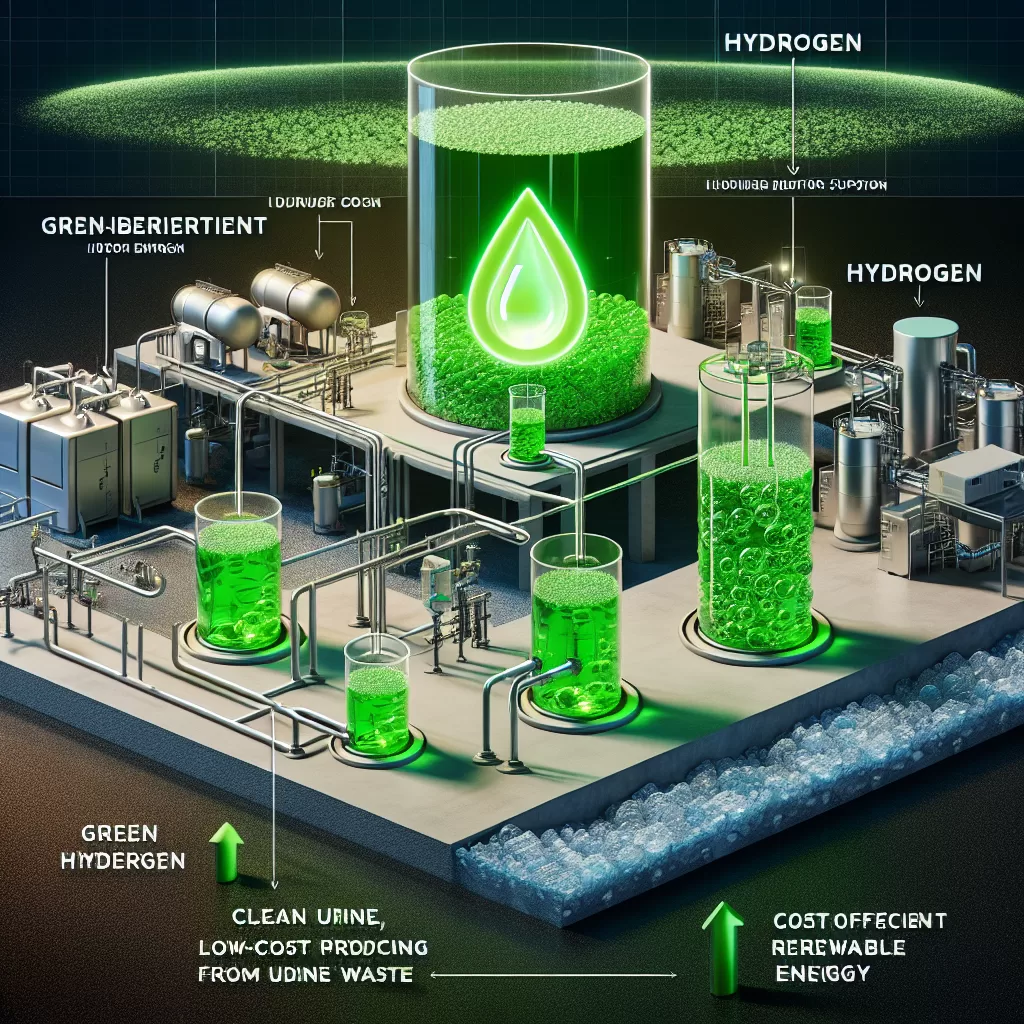The first system utilizes an electrolytic approach, employing a unique nickel-based electrode to catalyze the breakdown of urea into nitrogen, carbon dioxide, and hydrogen. The second system involves a biological process, harnessing specialized microorganisms to convert urea directly into hydrogen gas.
Both systems demonstrate remarkable energy efficiency and cost-effectiveness, paving the way for scalable and decentralized hydrogen production. This groundbreaking research has far-reaching implications for the global transition towards sustainable energy sources and the remediation of polluted water bodies.
As the world grapples with the dual challenges of climate change and environmental degradation, innovations like these offer promising solutions that align with the principles of a circular economy and sustainable development goals.

